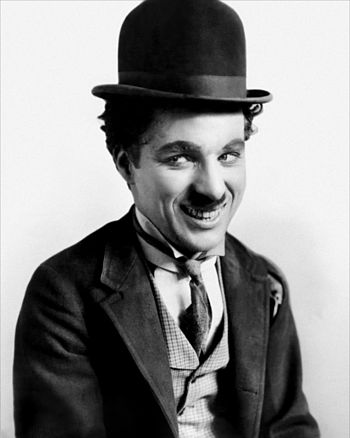You have no items in your cart. Want to get some nice things?
Go shoppingAs part of the ongoing events to commemorate the fateful years of 1914 to 1918, the BFI has restored and collated this wonderful collection of silent short films that British audiences would have seen in the months surrounding the start of the First World War.

The BFI has mined its considerable archive to restore and digitise some of the rarest footage in film history, spliced it together in a rather crude end-to-end style (think of the trailers that precede any new release these days, and you have an impression of the haphazard structure of this film) and complemented it with a delightfully diverse new score from composer Stephen Horne. The resultant experience is thrilling for cineastes, diverting for interested watchers, and difficult for some modern viewers.
The material included in this compilation ranges from newsreel clips, comedy shorts and segments from ongoing serial dramas. The variety is fascinating and much effort has gone into including some of the best films British cinemas had to offer in 1914. Particular highlights include footage of suffragette Emmeline Pankhurst being dragged away in handcuffs from Buckingham Palace, a brilliant lightning sketch – essentially speedpainting, but animated once the drawing is complete – satirising Germany’s early war campaign by long-forgotten genius Lancelot Speed, and a very early vehicle for Charlie Chaplin.
Cinema was considered a truly democratic medium since its early days and the selection of films on offer here reflects that fact. The silly slapstick of comedian Fred Evans is on full display in the cheap-as-dirt Lieutenant Pimple and the Stolen Submarine, whereas the more technically accomplished comedy of Chaplin closes proceedings in A Film Johnnie, which focuses on the Tramp’s antics on a movie set run by upper class megalomaniacs. If it were made today, it would be labelled as post-modern – back then, it was just good comedy.
It is interesting to note the prominence of women in A Night At The Cinema. Florence Turner directs and stars in Daisy Doodad’s Dial and is possibly even funnier than Chaplin, while Pearl White stars as the eponymous heroine of The Perils Of Pauline, one of many episodic serials that would find their true home on television a few decades later. Unfortunately, the “plucky heroine” played by White is reduced to a damsel in distress in the episode included here. Of course, Emmeline Pankhurst’s remarkable appearance has already been mentioned. The extent to which this group of strong women accurately reflects the gender ratio of cinema’s early subjects is unclear; it is probable that they have been deliberately included by the fairerminded BFI archivist.
This brings us onto one of the more interesting aspects of A Night At The Cinema. To judge from this compilation, things really haven’t changed that much in a century of cinema. The Perils Of Pauline sacrificed plot in favour of amazing (and dangerous) action, A Film Johnnie poked fun at the class divide and filmmakers’ egos, and a news item about Ernest Shackleton concentrated on his adorable snow dogs. Obviously, on the one hand society’s evolution cannot be fully documented on film, while on the other hand human nature will always love satire and cute pets. However, there is a persistent nag that the BFI have tailor-made this film to a modern audience – the brief duration of each clip even suits the Internet generation. If this is the case, then it is perfectly understandable and perfectly acceptable. Yet it is also a missed opportunity to recreate the historical cinema experience – as much as one can without employing a Secret Cinema-style live performance. This is not a criticism of A Night At The Cinema, merely an observation.
Unfortunately, this film won’t reach as wide an audience as it should. In part that is because of its limited distribution in the BFI Southbank and some independent cinemas nationwide. It is also because the film cannot do anything to attract those viewers who struggle to endure black-and-white films or silent cinema. Stephen Horne’s semi-improvised piano score is a great accompaniment to the films on show, but with often grainy footage and incomplete footage (to judge from the awkward cuts in some of them), those who are wishing to have their preconceptions about silent films dispelled will be disappointed. Then again, they probably should be: these films must be taken for what they are and what they were meant to be – nothing more, nothing less.
A Night At The Cinema is an intriguing oddity, collecting a wide variety of short films to give modern audiences a taste of what their ancestors would have enjoyed one hundred years ago. It is intriguing because it demonstrates how little cinematic entertainment has changed over the decades, and an oddity because there is no chance that the films featured would ever have been shown together in the fashion they are organised here. So, as an aperitif it works very well indeed – but as a historical document it is flawed.
A Night At The Cinema In 1914 is opening on 1st August 2014 at BFI Southbank and selected cinemas nationwide, with special screenings at 21 independent cinemas on 4th August.

About Robin McConnell
Robin is an obsessive film fanatic and occasional person. When he is not watching films or editing Litro Film & Media he can be found writing and producing the Alltime channels on Youtube. He is often distracted by the need to write scripts and short stories.




